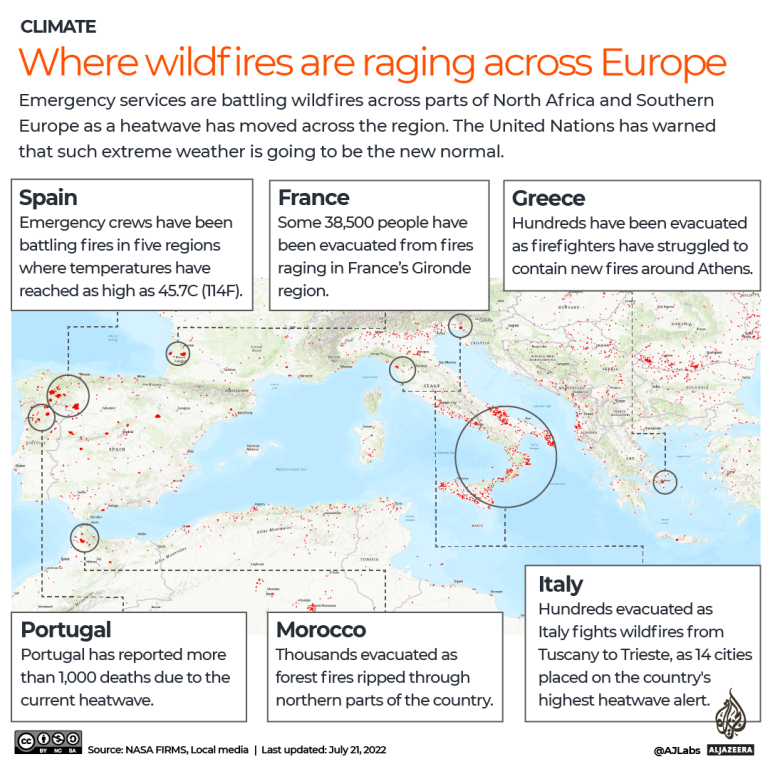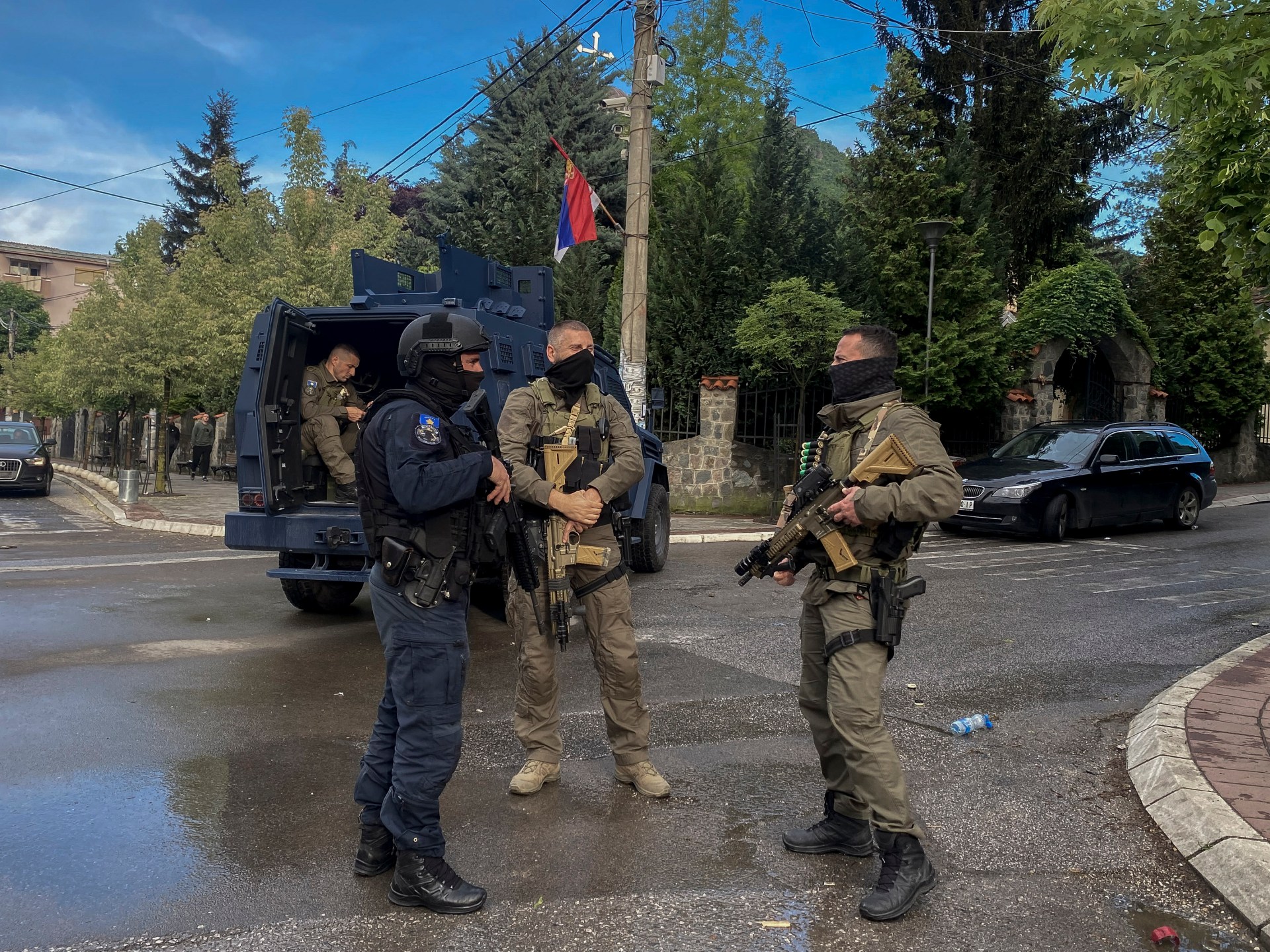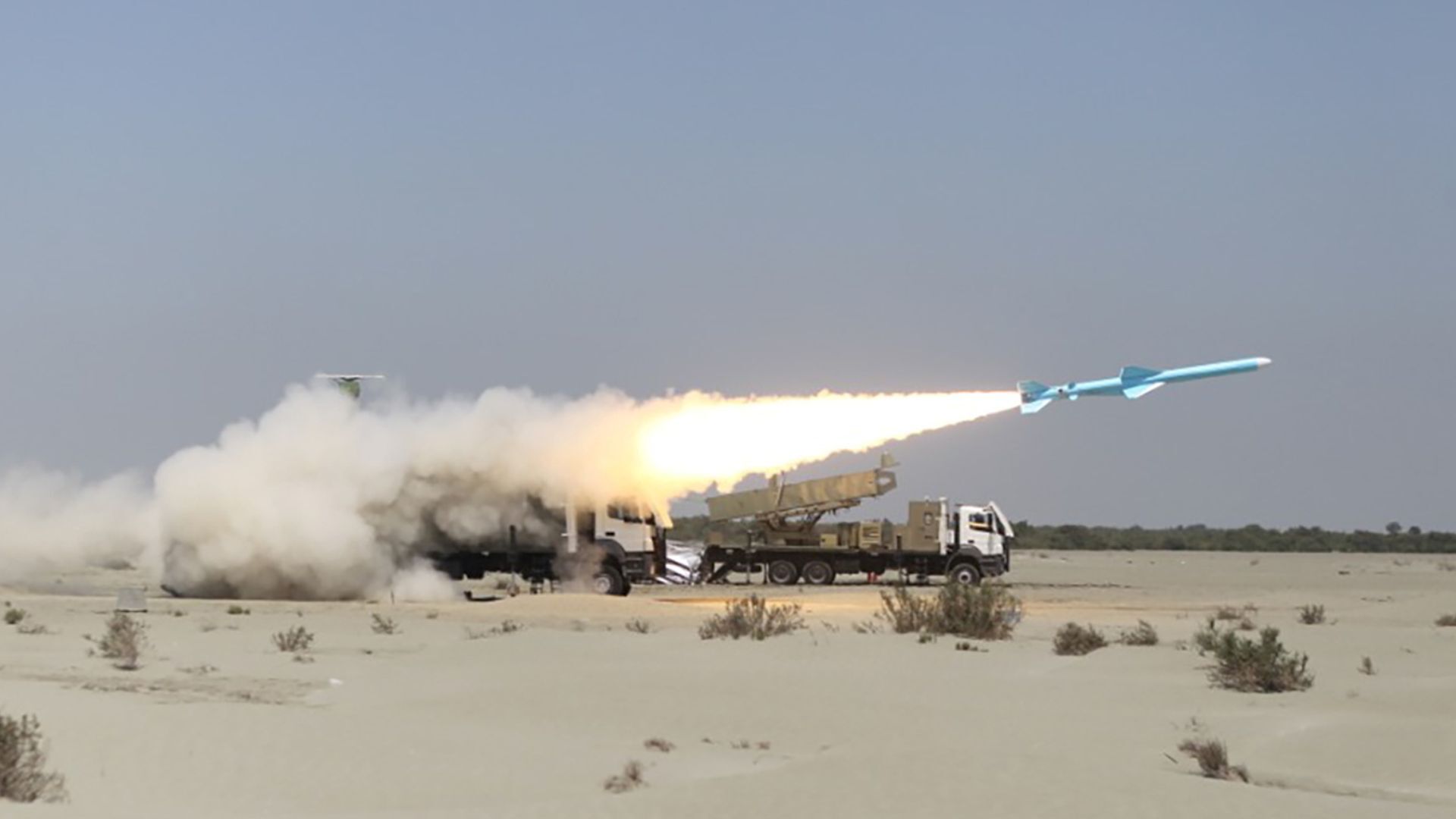How climate change drives heatwaves and wildfires
EXPLAINER
The searing heat is part of a global pattern of rising temperatures, attributed by scientists to human activity.
Brutal heatwaves are gripping Europe and the United States and are forecast to dump searing heat on much of China into late August.
The searing heat is part of a global pattern of rising temperatures, attributed by scientists to human activity.
Hotter, more frequent heatwaves
- Climate change makes heatwaves hotter and more frequent. This is the case for most land regions, and has been confirmed by the United Nations’ Intergovernmental Panel on Climate Change (IPCC).
- Greenhouse gas emissions from human activities have heated the planet by about 1.2 degrees Celsius (2.16 degrees Fahrenheit) since pre-industrial times.
- “Every heatwave that we are experiencing today has been made hotter and more frequent because of climate change,” said Friederike Otto, a climate scientist at Imperial College London who also co-leads the World Weather Attribution research collaboration.
- A study in Nature journal this month found that heatwaves in Europe have increased three-to-four times faster than in other northern mid-latitudes such as the US.
- The authors linked this to changes in the jet stream – a fast west-to-east air current in the northern hemisphere.
Fingerprints of climate change
- To find out exactly how much climate change affected a specific heatwave, scientists conduct “attribution studies”.
- Since 2004, more than 400 such studies have been done on extreme weather events, including heat, floods and drought.
- This involves simulating the modern climate hundreds of times and comparing it to simulations of a climate without human-caused greenhouse gas emissions.
- For example, scientists with World Weather Attribution determined that a record-breaking heatwave in Western Europe in June 2019 was 100 times more likely to occur now in France and the Netherlands than if humans had not changed the climate.
Heatwaves to get worse
- “On average on land, heat extremes that would have happened once every 10 years without human influence on the climate are now three times more frequent,” said ETH Zurich climate scientist Sonia Seneviratne.
- Temperatures will only cease rising if humans stop adding greenhouse gases to the atmosphere. Until then, heatwaves are set to worsen.
- A failure to tackle climate change would see heat extremes escalate even more dangerously.
- Countries agreed under the global 2015 Paris Agreement to cut emissions fast enough to limit global warming to 2C (3.6F) and aim for 1.5C (2.7F), to avoid its most dangerous effects.
- Current policies would not cut emissions fast enough to meet either goal.
- A heatwave that occurred once per decade in the pre-industrial era would happen 4.1 times a decade at 1.5C of warming, and 5.6 times at 2C, the IPCC says.

Climate change drives wildfires
- Climate change increases hot and dry conditions that help fires spread faster, burn longer and rage more intensely.
- In the Mediterranean, that has contributed to the fire season starting earlier and burning more land.
- Last year, more than half a million hectares burned in the European Union, making it the bloc’s second-worst forest fire season on record after 2017.
- Hotter weather also saps moisture from vegetation, turning it into dry fuel that helps fires to spread.
- “The hotter, drier conditions right now, it just makes far more dangerous,” Copernicus senior scientist Mark Parrington said.
- Hotter temperatures are also pushing wildfires into regions not used to them, and thus less prepared to cope.
Climate change not the only factor
- Forest management and ignition sources are also important factors behind forest fires.
- In Europe, more than nine out of 10 fires are ignited by human activities, like arson, disposable barbecues or electricity lines.
- Countries like Spain face the challenge of shrinking populations in rural areas, as people move to cities, leaving smaller workforces to clear vegetation.
- Scientists say that without steep cuts to greenhouse gases, heatwaves, wildfires, flooding and drought will significantly worsen.




